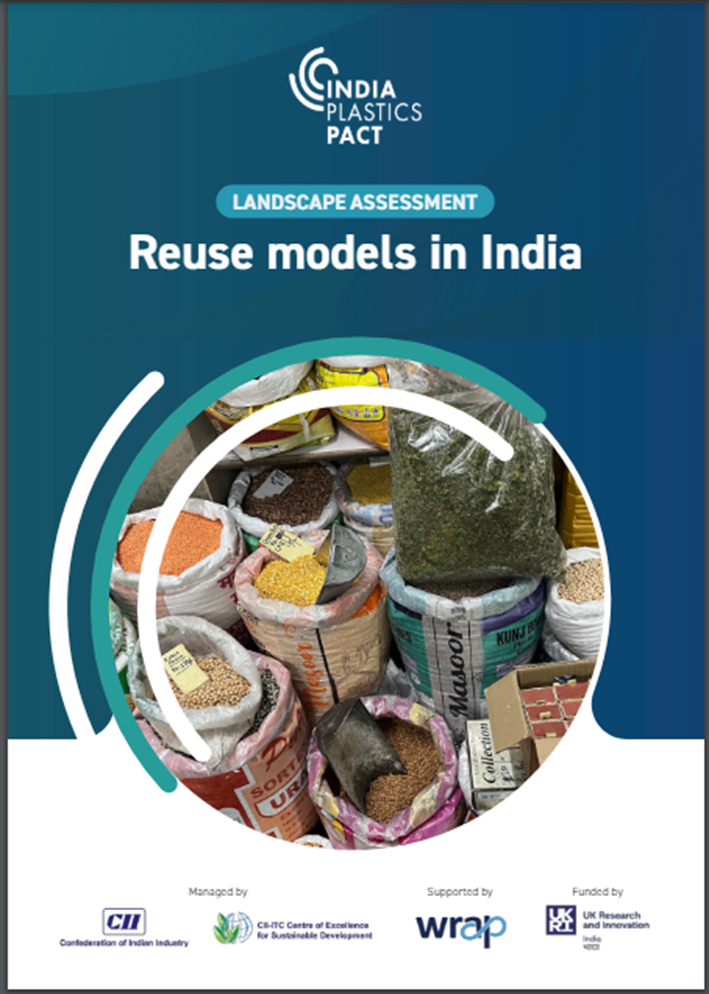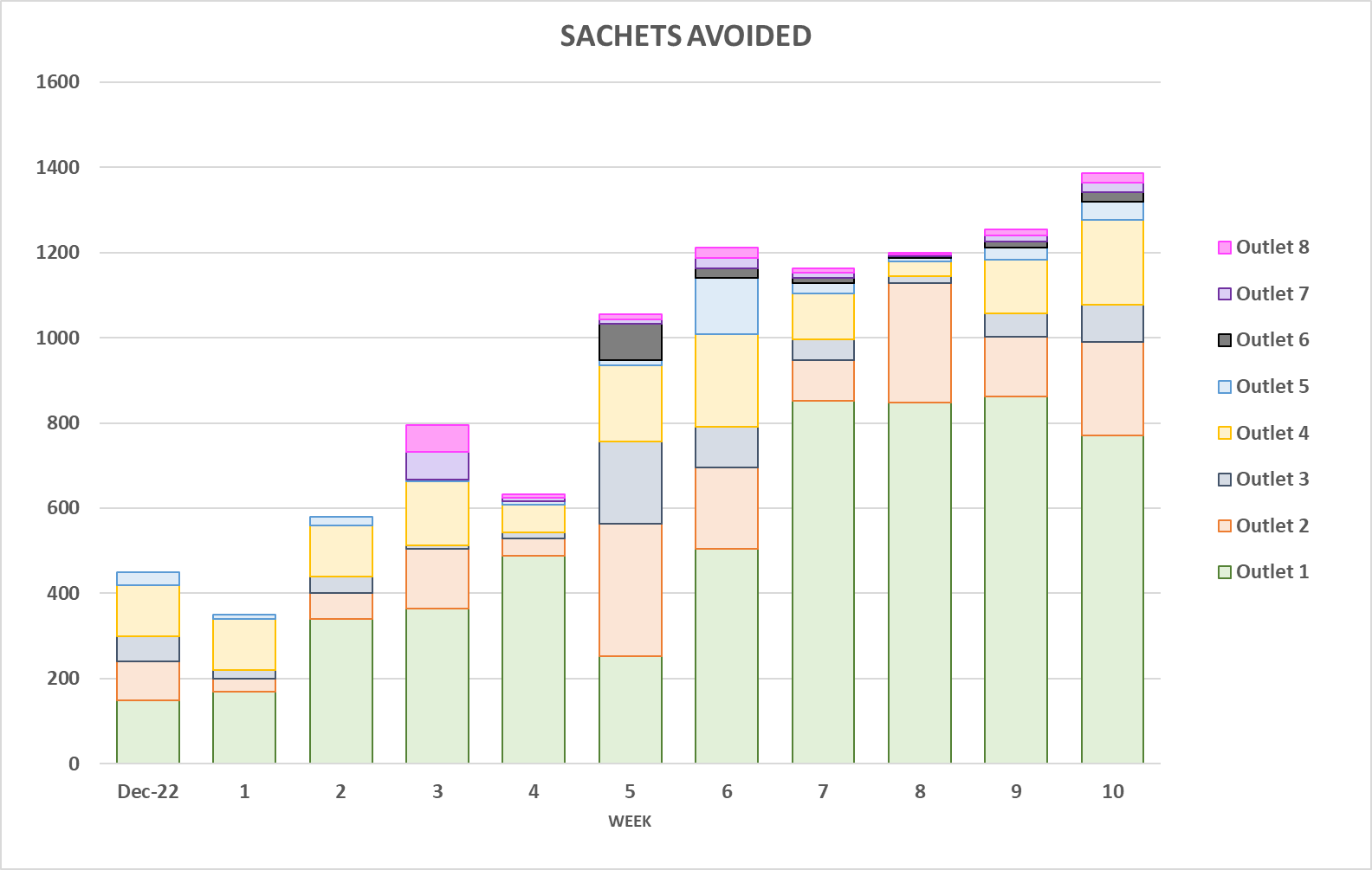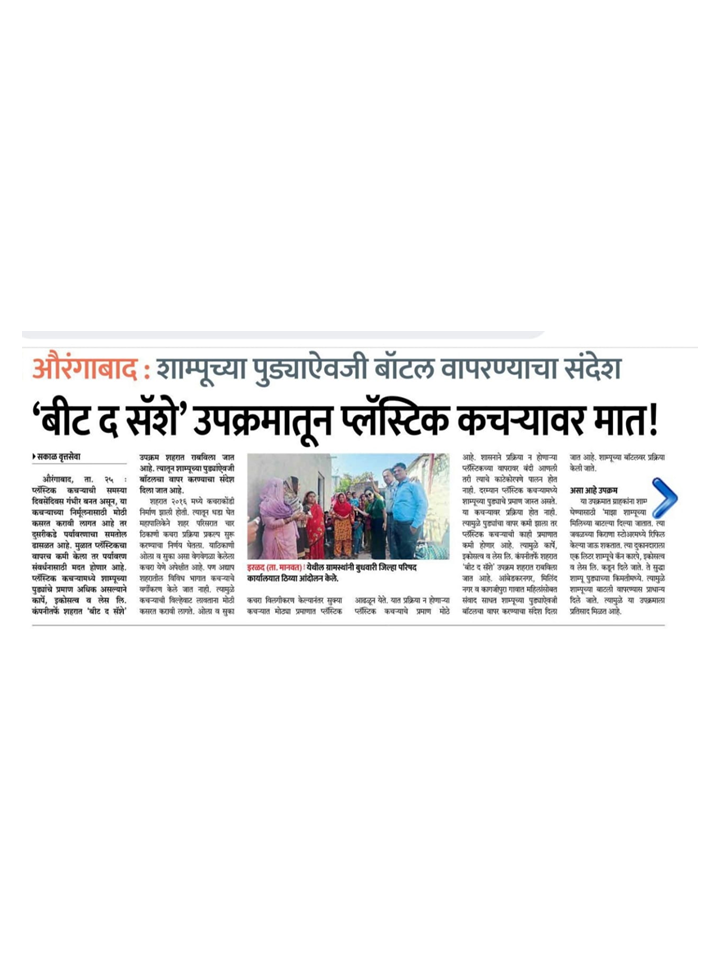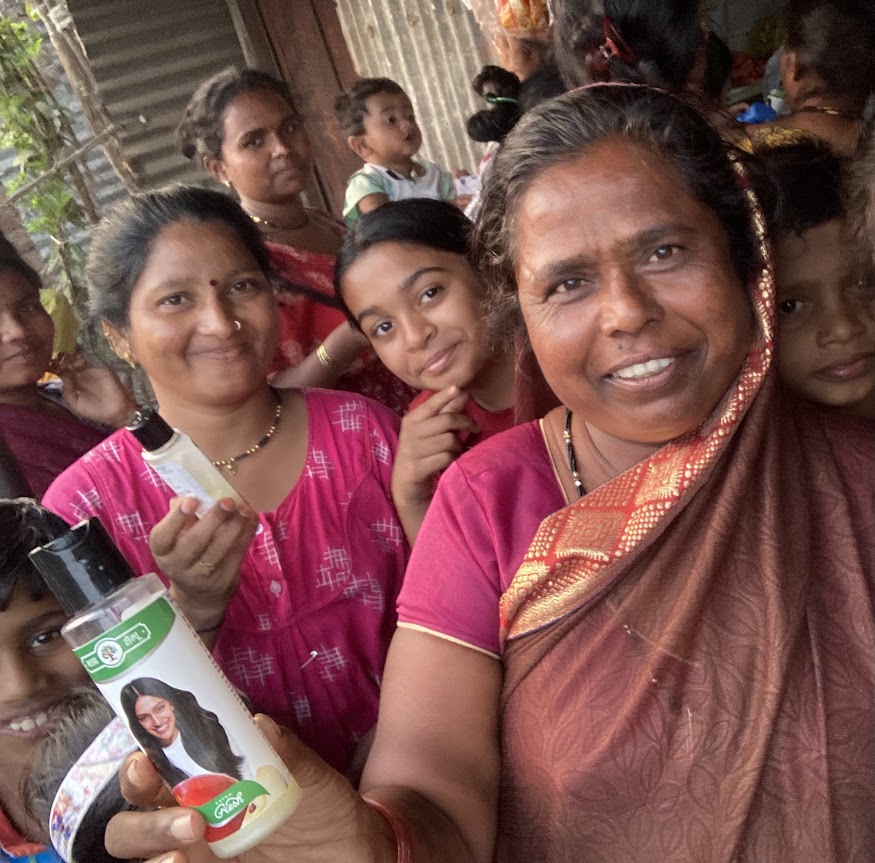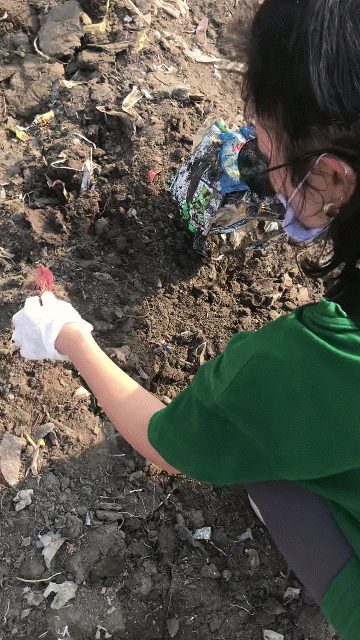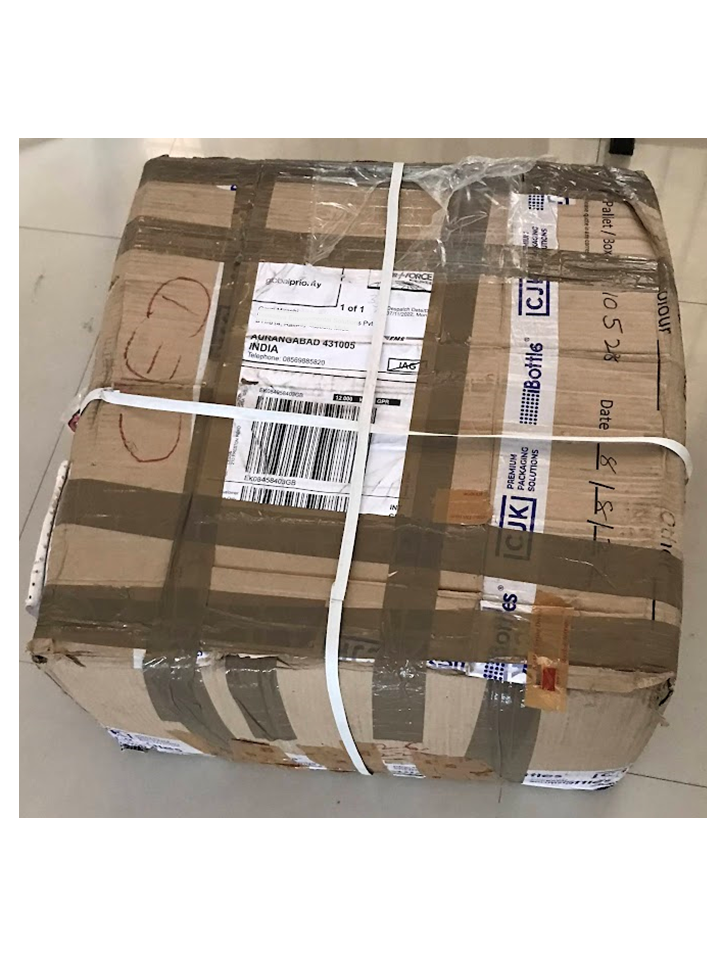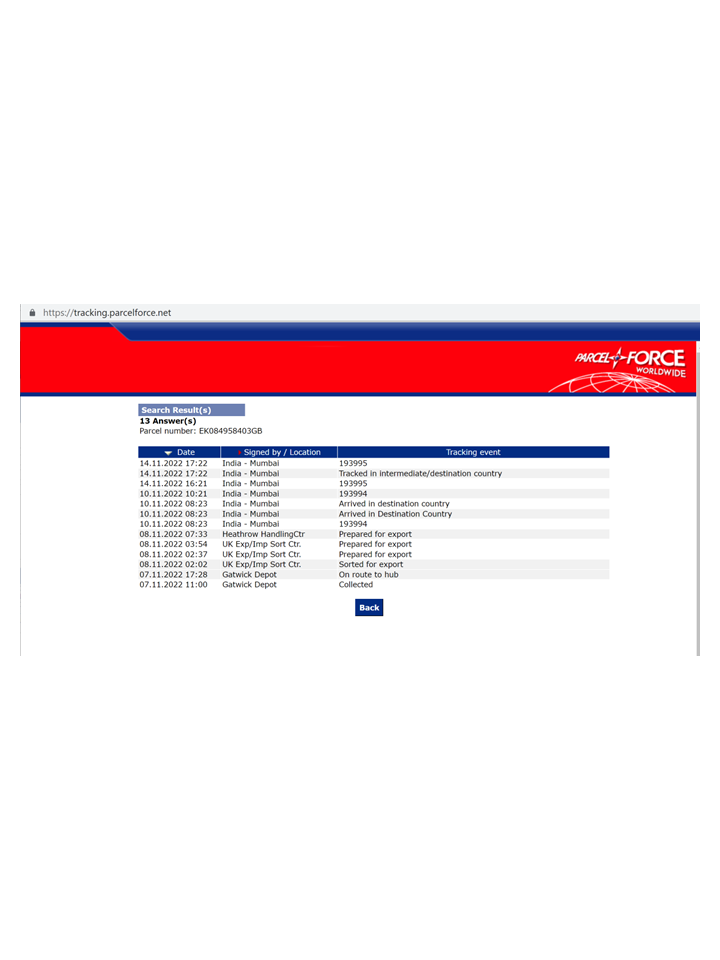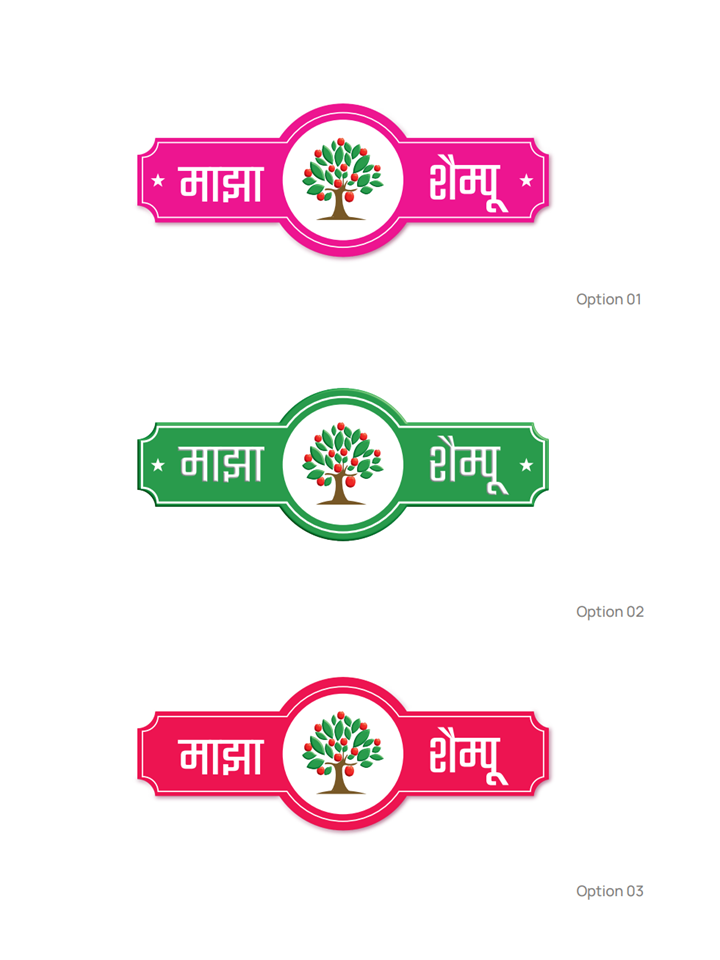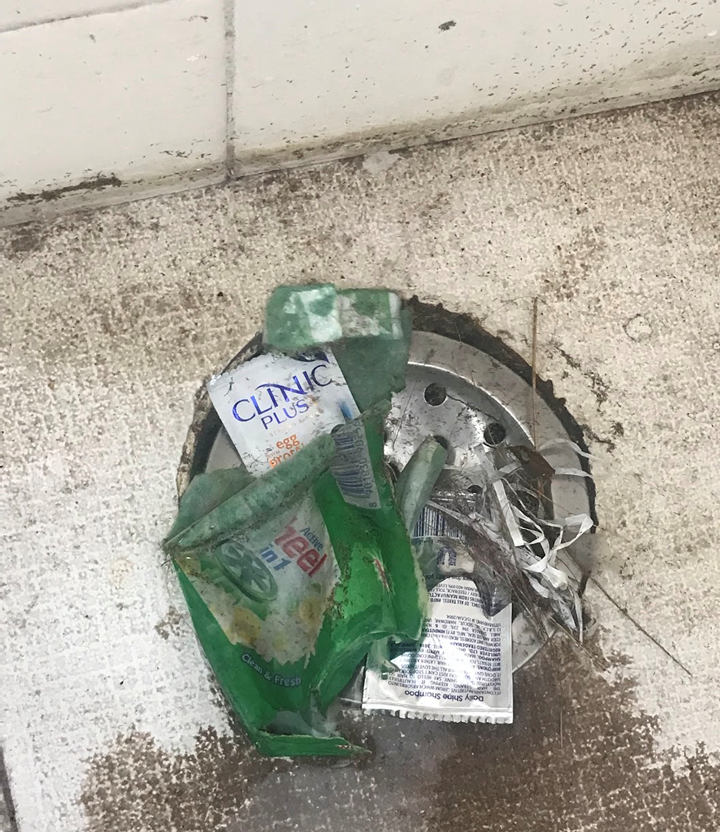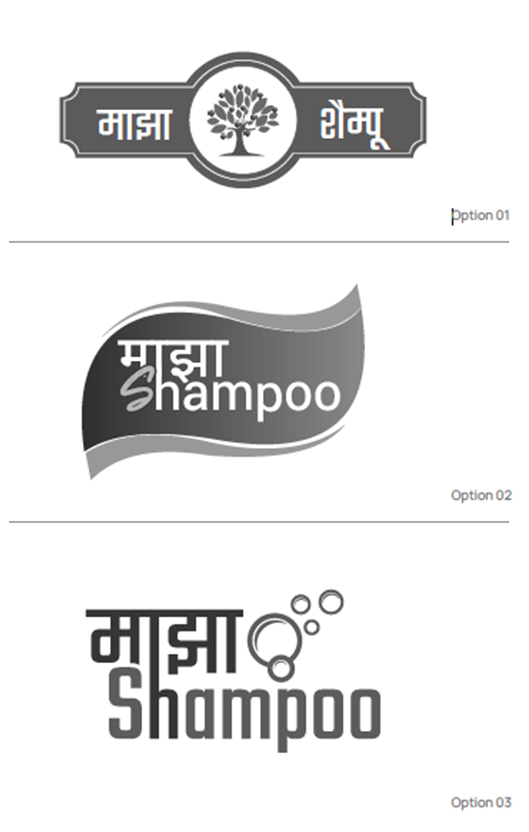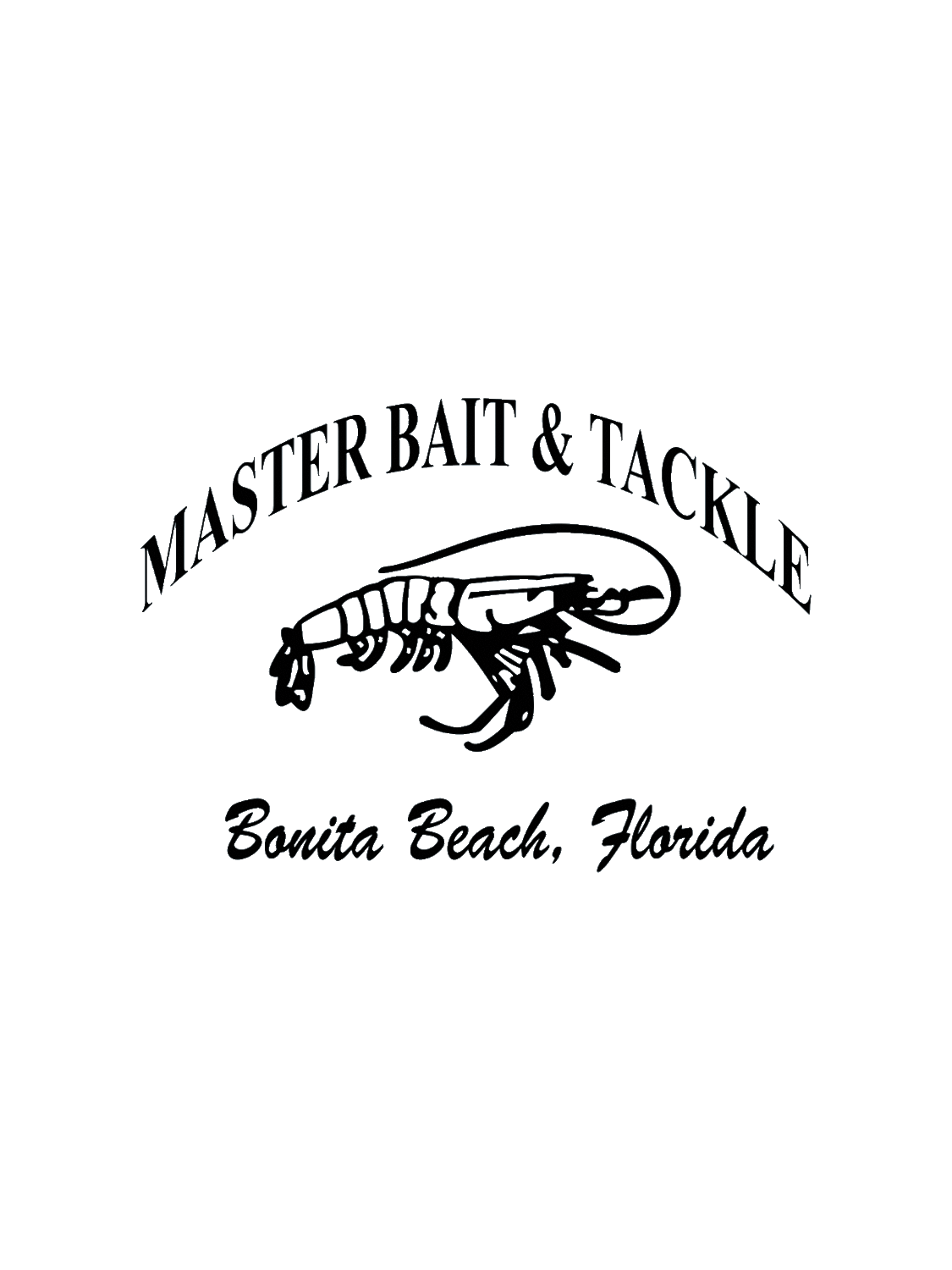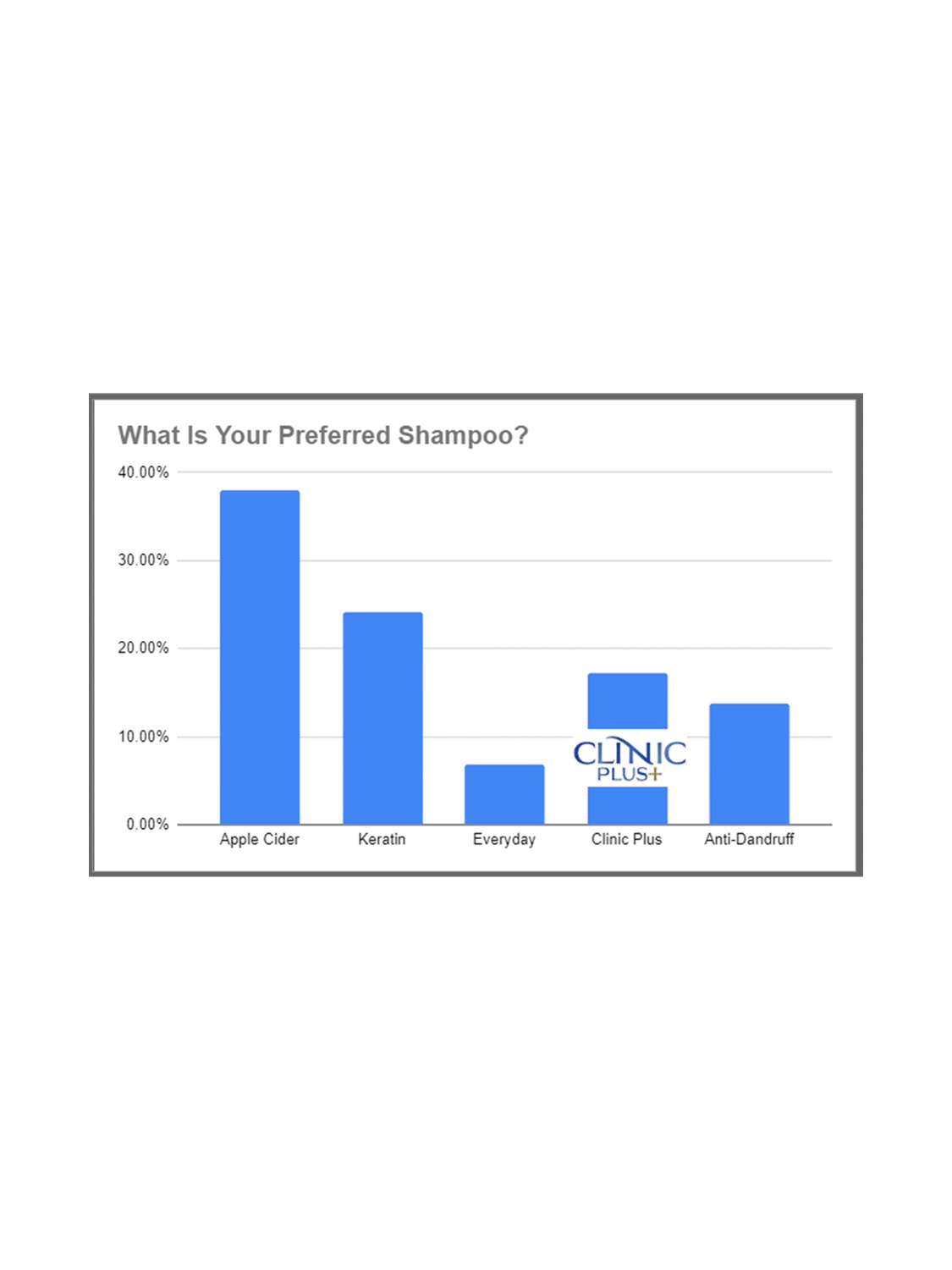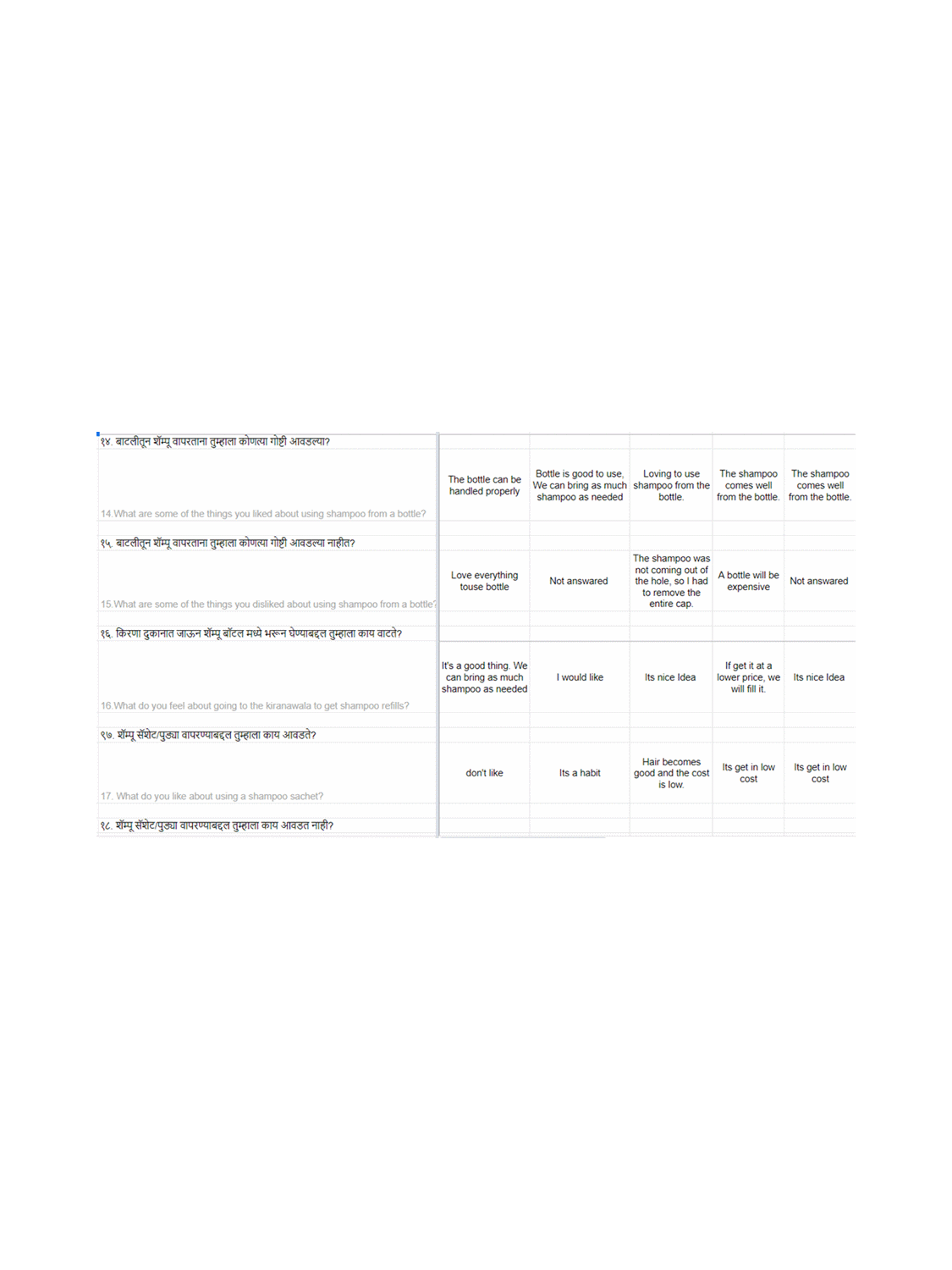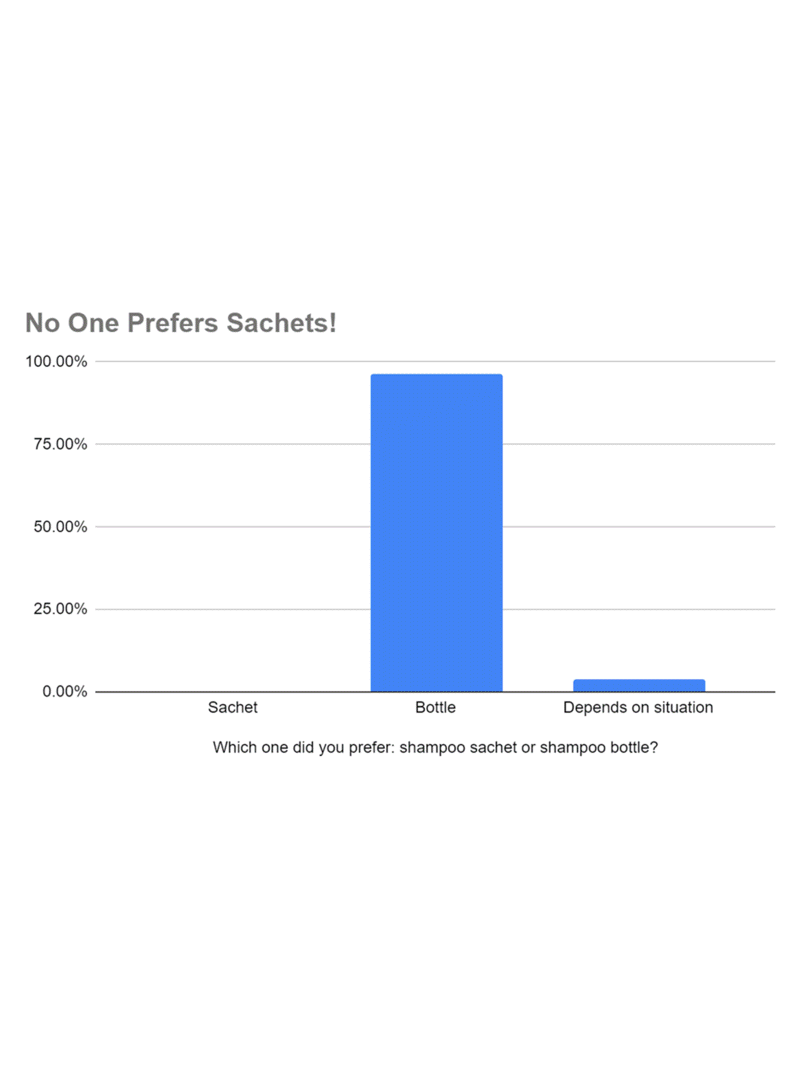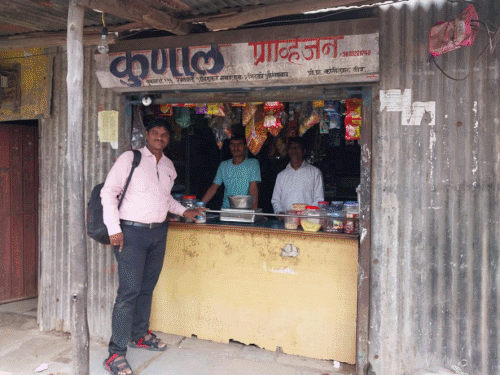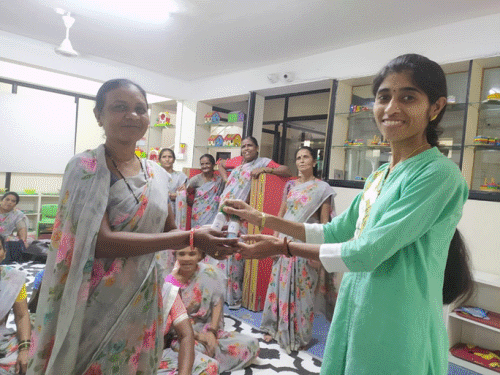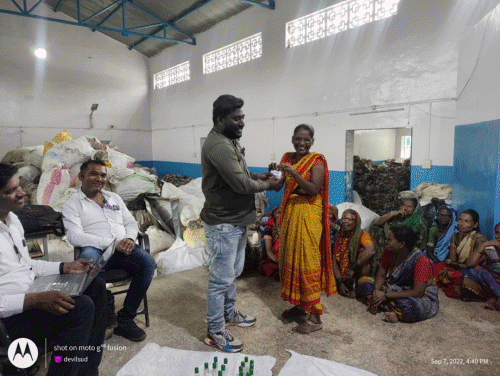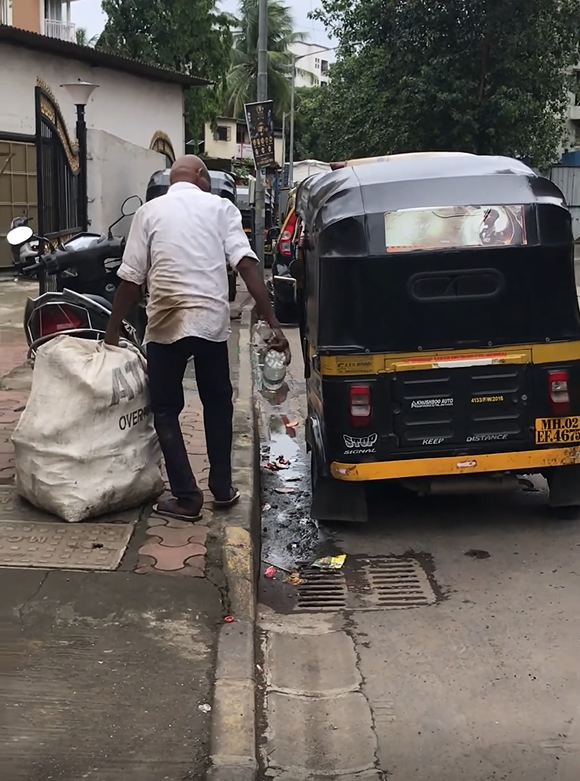India Plastic Pact Features Our Beat The Sachet Project!
It’s been waaay too long since I last posted, so here’s a quick update on our pilot in India that’s demonstrating an alternative to the plastic sachet…
India Plastic Pact recently did a review of reuse systems in India. It underlined the importance of reuse to prevent plastic waste and captured developments in the country so far.
It’s a good report and we were excited to learn that we’re one of just two companies providing refills in India selected for a case study, the other one being Refillable, which is doing some great work.more...
It Works! Currently Preventing 5000 Sachets/Month
Our pilot has been going six months, the headline news is that our refill alternative to sachets is working.
We’ve been testing three ways to distribute bulk product and have faced teething problems with all three, but for the most part things have gone extraordinarily well. The solution works well in urban and rural villages and seems especially well suited to low-income household.
After receiving a small free sample, consumers pay the same unit price point as the market leading sachet (Clinic Plus), and bulk distributors purchase from us.more...
Our First Media Coverage (Pity We Can’t Understand It!)
Follow माझा शॅम्पू फॅन क्लब On Instagram!
We Launched! And, Surprise Surprise, It Works!
These last few weeks we’ve finally launched our refill-reuse pilot at select kirana stores in and around Aurangabad.
We faced numerous uncertainties – would stores cooperate? Would women even want to try an unknown shampoo brand? If they tried, would they come back for refills, and do so reliably?
The only way to find out was to launch and see what happensmore...
Cleaning Up Plastic Waste Sucks
In case you've ever wondered, clearing up old plastic waste from a riverbed is a really shit job.
Not that it isn't important. It's necessary, and about the only way to get heavily polluted rivers back to health. Never fully remediated and pristine, because this stuff endures decades and centuries, but functional and healthier.
But actually doing the work is no picnic. It’s slow, continually bending over or crouching down to pull plastic from the soil to put the waste into a large (plastic) sack. And it can smell really bad too.more...
It Arrived!
After days of silence and no tracking updates, I suddenly got a call saying our parcel was out for delivery and about to arrive in 10 minutes. A customs fee was due, but at least it was here.
It looked tattered and battered, but everything inside was fine.
Hallelujah!more...
Lost in India!
Our refill solution relies on equipment we purchased (or had donated) in the UK. Nothing especially high tech, but essential all the same. Since it was too much to take on the plane, I sent it by Parcelforce. It was the first international package I had sent to India, and I was a little uncertain I got the customs declarations right. But it seemed to go off OK and, fingers crossed, it would arrive 4-7 days later in Aurangabad.more...
Colours, And A Thumb On The Scale
Colours and look & feel are critical for a brand, and we wanted to test ideas with our target market.
We prepared various options to convey different ideas and put them out to test. Here's a sample…more...
Clogged Drains, Another Impact Of Sachets
We were well aware of the polluting effects of plastic sachets but through our consumer research we found another consequence, they clog drains. Not just in the home, where they can cause showers to block up but more broadly in the neighbourhood where they can cause drains to overflow and roads to flood. In monsoon season the problem can be particularly acute.
This Times of India article talks about how plastics generally causes city drains to clog, but pays no attention to the clogging effect of sachets in peoples’ homes.more...
Choosing A Logo And Ignoring Professional Advice
Votes are in and our first product will be called माझा शॅम्पू (My Shampoo). If only I could say it! I really need to brush up on my Marathi to get the pronunciation right…
Next we need a logo. We want something that conveys quality, assurance and trust. And we want the logo to be something the consumers will be proud to have permanently in their bathrooms.
We had three options, all very different…more...
माझा शॅम्पू Or आमचा शैम्पू?
We worked with a design and branding company in India to explore branding and naming strategies. It was a useful exercise
Nothing is yet settled, but we’re leaning towards a name that reflects the collaborative and communitarian approach we’ve taken.more...
What’s In A Name?
We have our shampoo, but now we had to give it a name.
This felt like a real opportunity to make it into the top ten worst brand names ever, but when I looked into it, I realised the competition was pretty tough. Here's an amusing list (and if I owned Master Bait & Tackle, coming in at #8, I’d demand a recount)
Top Ten Worst Namesmore...
Consumer Testing Our Products - Better Than The Market Leader!
Our project is about demonstrating an alternative to the plastic sachet so that shampoo and other products can be sold without generating enormous amounts of plastic waste. We had hoped to work with some big brands, or any brand come to that, already selling shampoo in sachets, but we couldn't get any takers. The most encouraging response we got amounted to ‘Come back to us when you've proved that it works’!
So we had to create our own shampoo brand. An essential element of this is, of course, the shampoo itself.more...
What Do Consumers Really Think About Sachets?
Billions of sachets are used every day, but it turns out consumers really don't like them. We conducted a range of surveys with different groups of low-income women consumers in India, the primary buyers of shampoo in sachets but a group rarely, if ever, listened to.
Through a series of group sessions and one-on-one interviews, we explored many aspects of their interaction with sachets – why they use them, where they buy them, what they think of them, what they dislike most about them, and so on.more...
The Results Are In: No One Prefers Sachets!
In recent weeks we've been conducting a range of tests to find out what consumers think about sachets and how using them compares to using the small plastic bottles we plan to use as part of our refill solution.
It's not even close. We were anticipating some reluctance in moving from familiar habits, but it seems using a bottle is simply a way superior experience. And for many consumers it’s a novel one too, since purchasing a shampoo in bottles is too expensive - for many people in the survey it was the first time they'd used shampoo this way.more...
Field Testing Our Refill Solution With Storeowners
A critical element in our refill solution is the (ideally enthusiastic) participation of kirana store owners. By some estimates there are about 15 million of these stores across India, most run by an individual or family.
Very roughly, there’s a kirana store for every 100-300 people, so it's rare to go far without seeing one.
The stores are remarkably space efficient, making sure to use every square inch to display or store product. Even in a very limited area you'll find a wide range of products across numerous categories.more...
More Shampoo Consumer Testing
Another day, another set of product testers!
This time, it's a group of women who work looking after young children during the day….more...
Consumer Testing Our Shampoos
As part of our effort to create our own shampoo brand, we undertook a range of testing with consumers in our target market.
In addition to interviews to learn how often they use shampoo, what they think about sachets, what factors weigh on their decisions etc., we also handed out a range of samples for them to test at home in bottles.
Here are some photos of testers at a municipal waste recycling facility receiving their samples…more...
"No One Bends Down To Pick Up Sachets"
India's plastic waste collection industry is remarkable, but it doesn't extend to sachets.
I saw this in action when I watched a waste picker in Mumbai. He diligently picked up plastic bottles, as well as plastic bottle tops but not the plastic sachets sitting right there. This is because sachets have no value – he can sell hard plastic to local aggregators for a small sum, but not sachets.
I discussed this with a manager of a plastic waste processing facility who stated the obvious, “No one bends down to pick up sachets”.more...
